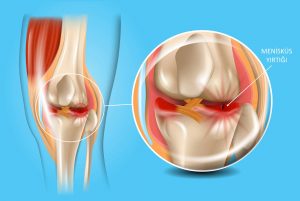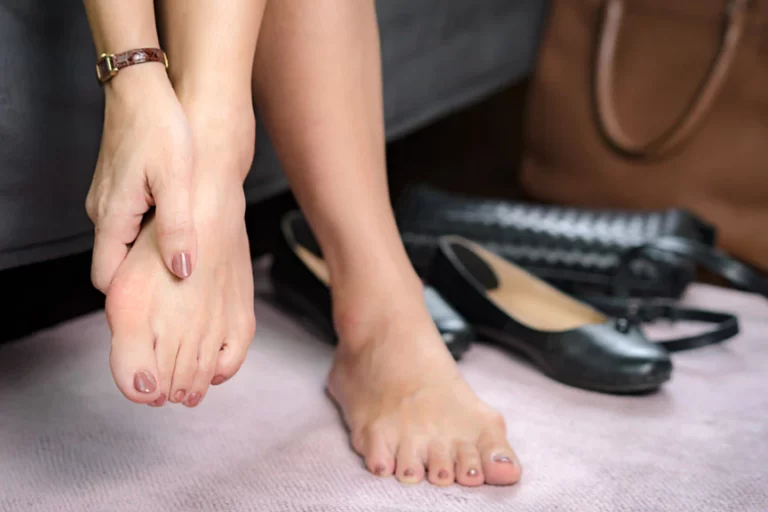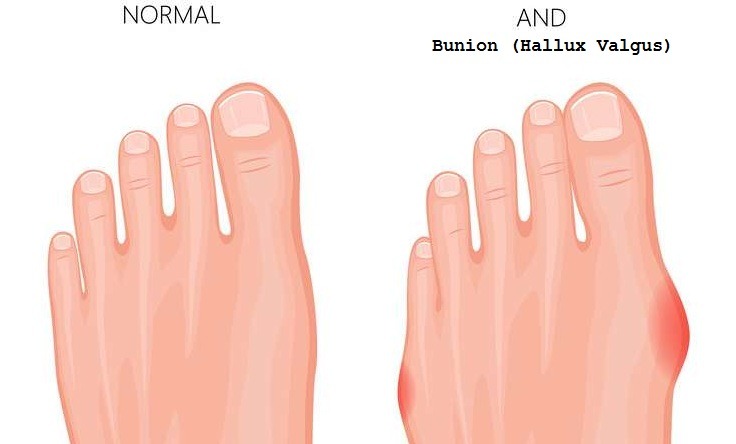Meniscus; is the moon-shaped structure within the knee joint between the cartilaginous surfaces of the thigh and shin bones facing each other. It absorbs shock by functioning like a pillow and prevents the cartilage surfaces from rubbing against each other. It also has very important functions such as increasing stability during joint movement and helping lubricity.
It is not uncommon to have a meniscus injury before the age of 10. Young people usually suffer from a sudden change of direction and shear of the knee. Meniscal injuries in middle age and elderly usually occur after forced crouching and falling.
After a few hours in sudden meniscus injuries, swelling in the knee, pain behind the knee or where the meniscus is torn occur. If the torn part of the meniscus is squeezed between the joint by tumbling over, there may be a sudden locking in the knee joint. Chronic, in other words, previous meniscus tears can lead to
knee joint swelling in certain intervals and pain in the form of stinging.
The patient, who applies with the suspicion of meniscus injury, is examined in detail by an Orthopedist. Then, standard X-rays are taken to evaluate the presence of knee joint space narrowing due to another bone injury or calcification (osteoarthritis). X-ray examinations should be carried out standing up if possible and the two sides should be compared. MRI imaging is used to evaluate the presence of the meniscus tear, the location and shape of the tear, and the adjacent cartilage structures.
Other diseases in which meniscus injuries may be involved are; free-floating cartilage parts in the knee joint, especially in the inner joint capsule bands, kneecap joint cartilage disorders, bone or cartilage tissue deformities in other knee regions, cross or lateral ligament injuries. These pathologies may accompany meniscus tears.
Not all meniscus injuries are asymptomatic. Many meniscus injuries also become asymptomatic over time. Surgical treatment is not always necessary. Meniscus injuries that can be monitored and treated without surgery can be listed as;
- Tears smaller than 10 mm longitudinally and displaced less than 3-5 mm
- Tears caused by abrasion due to severe knee calcification (osteoarthritis)
- Tears less than 3 mm in width
- Partial tears that do not progress and do not show any symptoms
Non-surgical treatment includes the use of anti-edema and pain medications, ice application, muscle strengthening and physical therapy to increase range of motion.
In surgical treatment, the methods we call arthroscopic, closed, applied with camera systems are used. If the torn meniscus is suitable for treatment, it is sutured again. If the meniscus tear has smooth edges and is close to the edge where the meniscus can be fed with a vein network, it can be sutured back into place. If the part of the meniscus that has been displaced in the tears, which we call bucket handle tears, is placed again during surgery, it can be sutured if it looks smooth and stable. If the meniscus tear can be repaired, the patient should not put load on the knee for about 20 days to 1 month after the operation. In order for the sutured meniscus to heal, it is important that the cross and lateral ligaments of the knee are intact. If there is an accompanying ligament injury, these should also be treated in a coordinated manner. It is beneficial to start physical therapy 10 days after the surgery.
Since the meniscus acts like a shock absorber in the knee, the tear should be sutured if possible. If the meniscus is not suitable for repairing the tear, the torn part is cut off with smooth edges. If there is no damage to the adjacent cartilage tissues, the patient can walk the next day by putting weight on the operated knee. While physical therapy is not absolutely necessary in the postoperative period, it is useful to perform it.
Complications that may occur can be listed as; coagulation in the leg veins, intra-articular hemorrhage in the knee, rupture of the repaired meniscus.









